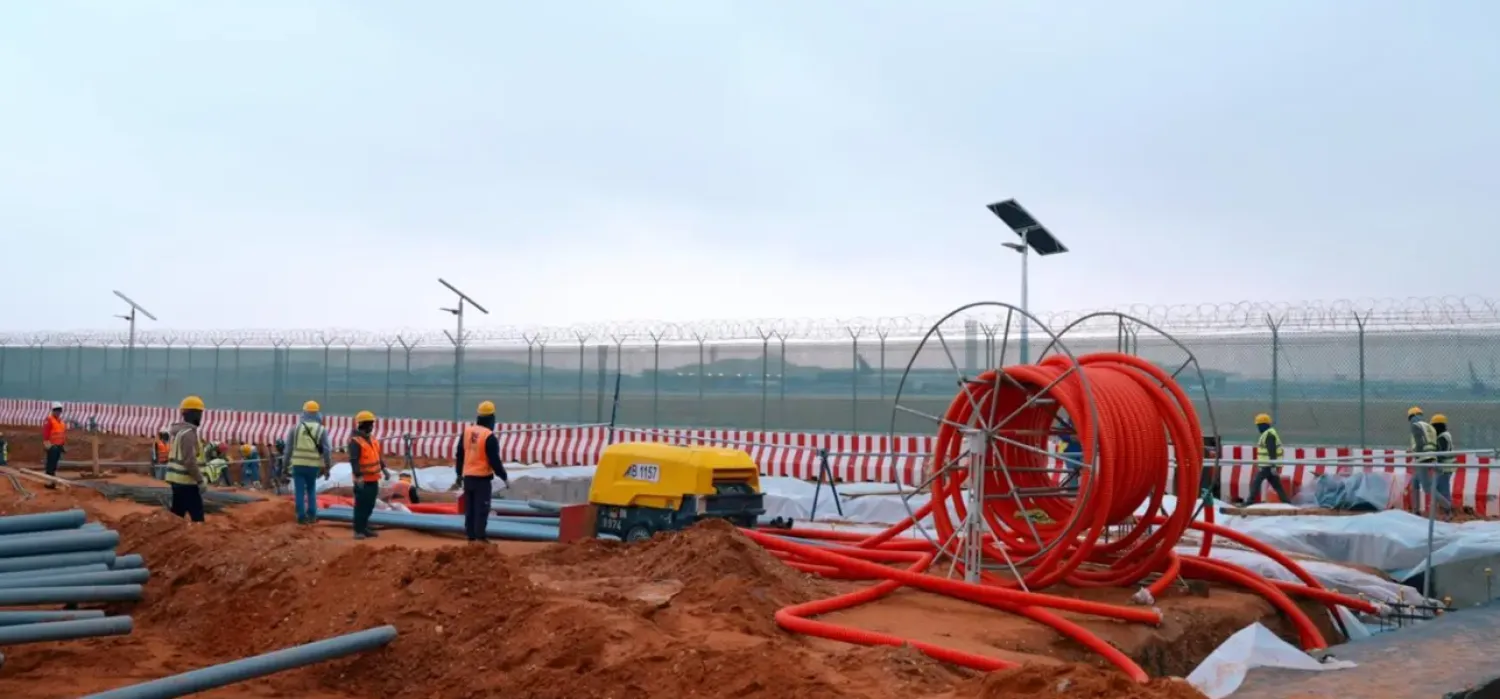The European Investment Bank on Tuesday announced grants and loans worth 450 million euros ($480 million) for crisis-hit Tunisia to support small and medium-sized enterprises and infrastructure projects.
The EIB, the European Union's investment arm, said it was providing "new financial support" to Tunisia, targeting "high-impact projects for the population and the country's economic and social development".
The financing will be formalized during the Tunisia Investment Forum to be held on Wednesday and Thursday in Tunis, the bank said in a statement.
The forum will be attended by the EIB's new vice-president in charge of financing in the Maghreb region, Ioannis Tsakiris, Reuters reported.
The funding "will play a crucial role in the creation of jobs, stimulating innovation and promoting balanced development to benefit all Tunisians", Tsakiris said in the statement.
The financing includes a line of credit worth 170 million euros for micro, small and medium-sized enterprises, "which make up 90 percent of the country's businesses and employ 60 percent of the workforce", according to the bank.
It will also provide 210 million euros to develop the "strategic" route between Tunisia's second city of Sfax on its eastern coast and the remote, underserved Kasserine area in the west.
A loan of 45 million euros will be granted to finance the ELMED electricity linkage project between Tunisia and Italy.
Tunisia has faced mounting financial woes, with debt levels at 80 percent of its GDP and unemployment and poverty on the rise.
The crisis has been compounded by the power grab staged by President Kais Saied since July 2021.
Negotiations with the International Monetary Fund for a $2 billion loan have stalled since then, with Saied rejecting reforms demanded by the body.
The crisis has driven thousands of Tunisians to attempt perilous Mediterranean boat crossings in the hope of finding better lives in Europe.









